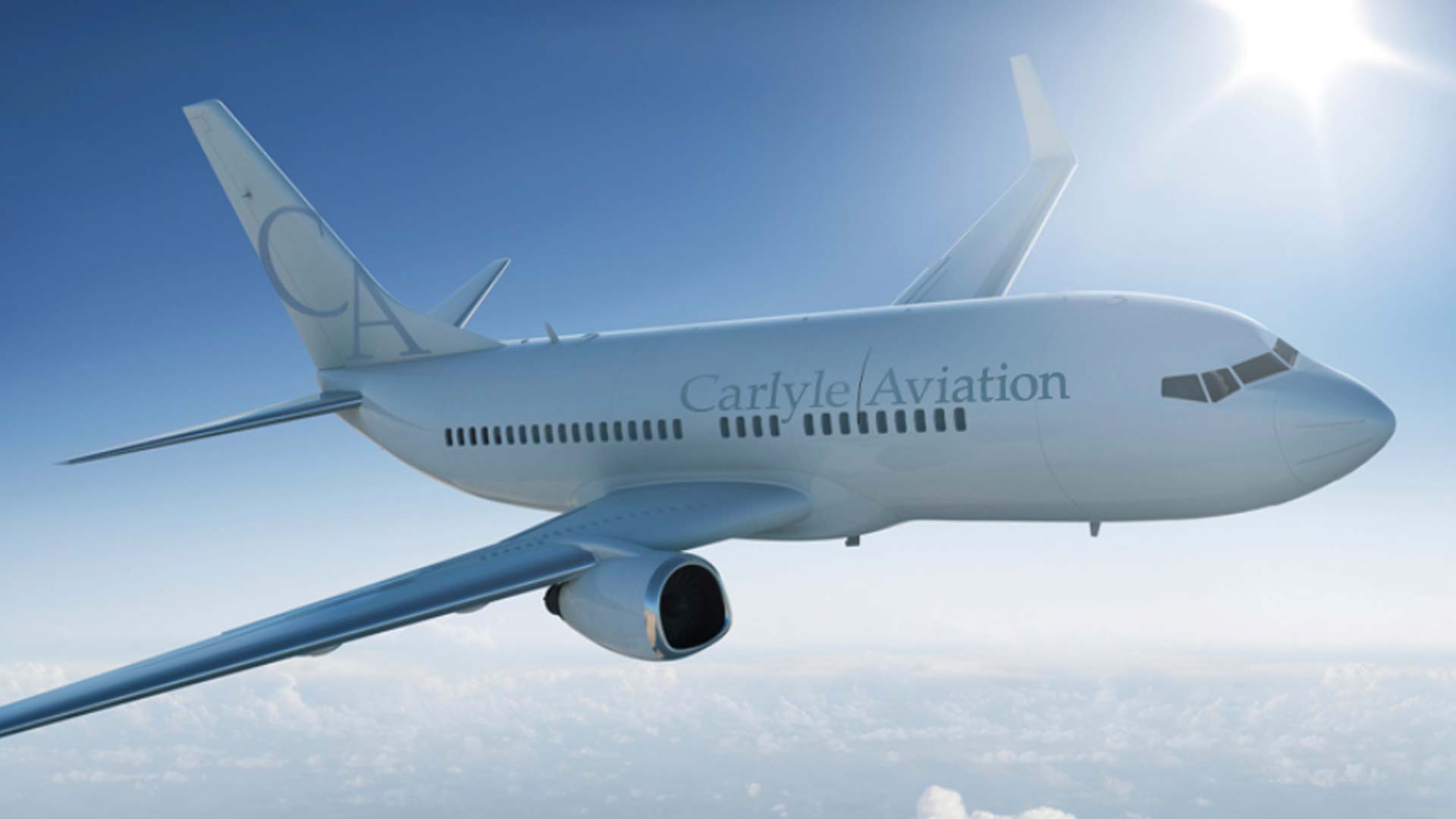AASET 2025-1 employed the “biggest structural nuance and change” to the aviation asset backed securitisation (ABS) product type with a novel master trust structure.
Carlyle Aviation Partners (Carlyle) closed its seventeenth aircraft portfolio transaction, AASET 2025-1, marking the first aviation ABS deal of 2025, signalling a strong start for the market.
As previously reported, the $518 million issuance is split into A and B tranches. The $464.45 million A notes priced with a coupon of 5.943% and a spread of US Treasuries plus 170 basis points (bps). The A notes have a loan-to-value (LTV) ratio of 69%. The $53.85 million B notes priced with a coupon of 6.576% and a spread of US Treasuries plus 235bps. The B notes have an LTV ratio of 77%.
In an interview with Airline Economics, newly appointed CEO Javier Meireles said there was “quite a bit of demand” for the tranches, with “both well oversubscribed,” he said.
Compared to its issuances last year, Carlyle’s AASET 2025-1 attracted more investors, some of whom were first time investors in the asset shelf and the asset class overall, signalling a strengthening demand for the paper.
The issuance was further bolstered by its employment of a master trust structure, which Carlyle first introduced in June 2024 with its AASET 2024-1 issuance. In that transaction, the company had a pre-identified pool of eight aircraft, which the company completed with a subsequent notes issuance.
“The master trust structure in AASET 2025-1 is a bit broader,” said Meireles. “The issuance is for 23 aircraft, and we have the ability to issue further issuances from a pre-identified pool of more than 50 aircraft. There can be an additional one, two, or three issuances off of the back of this AASET 2025-1 deal.”
Meireles said this master trust structure was “probably the biggest structural nuance and change”. He continued: “It really is a differentiator of our issuance compared with some of the other issuances that the market has seen thus far – the master trust structure is not something that has historically been used in aviation ABS transactions”.
A master trust allows ABS issuers to issue more debt peri pesu with the initial debt, which can be used to purchase more aircraft.
He added: “These deals are typically somewhere between 20 to 35 airplanes. With the master trust issuance, you could potentially get up to 40, 50, or 60 aircraft, which would be unique in our sector.”
The 23 aircraft portfolio consists of 21 narrowbodies and two widebodies, with 27% new technology aircraft, on lease to 17 lessees in 13 countries. It has a weighted average age of 8.8 years and a weighted average lease term of 5.3 years. The top five lessees include Wizz Air with 14%, Transavia France with 11%, along with Air Cairo, Iberia and Lion Air each holding 8%.
A person familiar with the matter said the significance of the master trust in this particular deal is its flexibility. They noted that it is more flexible than the one implemented last year, allowing for a greater combination of aircraft in subsequent issuances, so long as it meets certain criteria.
“It basically allows them to put into this ABS any of the aircraft that are owned within this fund because they what those are,” the person said. “It allows them to put any of them into this same ABS and that's a benefit to them because it limits some of the costs associated with setting up a new vehicle and running a new vehicle going forward. The investor benefits too from the bigger portfolio.”
The person added that it will be “interesting to see” how the structure is used and whether investors are willing to take a more flexible, non-specified aircraft. “The next step is if people get comfortable with this master trust structure,” they said, adding that this would determine whether we would see structures of a similar nature in future issuances.
The transaction implemented guardrails to provide structural protections. The portfolio quality and composition – such as weighted average age, weighted average remaining lease term, new-to-debt concentration, narrowbody concentration – need to stay within a certain band, setting the parameters for subsequent issuances, which would need to be completed within 18 to 24 months of the original issuance.
“Whether it’s narrowbody or widebody, the diversification benefits are something investors enjoy in this asset class,” said Meireles. “It’s one of the things that investors liked about the master trust structure, because they saw it as an opportunity to potentially increase the diversity of the portfolio on a go forward basis with subsequent issuances.”
“The innovative master trust structure will benefit issuers and investors alike, offering larger asset pools with more diversification,” said Carlyle Aviation chairman Bill Hoffman.
Meireles said the master trust structure had a “very positive reaction” from investors. “It speaks to our brand in the marketplace,” he said. “We’re always looking to innovate and come up with new ideas on how we can do things better.”
The transaction was swiftly followed by Castlelake’s return to the ABS market with its $819.75 million Castlelake Aircraft Structured Trust (CAST) 2025-1; Pimco-AerCap joint venture (JV) Gilead Aviation’s $600 million aircraft ABS, Ghost 2025-1; and Altavair’s debut $582.88 million ALTDE 2025-1.
“We’re 50 days into the year and we’ve seen four issuances already,” said Meireles. “There was probably four or five last year for the entirety of 2024. Based on what we’ve seen, 2025 is on pace to surpass 2024… it sure feels like issuances came flying out of the gates.”
A spokesperson for the company said the market felt appropriate for its ABS issuance.
“We knew we would need to effectuate some long-term financing takeouts in 2025 and we were working diligently through the end of 2024, trying to get ourselves ready, so that we could be a first mover in 2025 if the market conditions were there and presented themselves,” explained Meireles.
While Carlyle, Gilead, and Altavair’s issuances all consisted of A and B notes. Castlelake’s issuance also featured a smaller C note at $39.99 million with a coupon of 7.750% and a yield of 8.500%. A person familiar with the matter confirmed that Castlelake’s A and B notes were oversubscribed.
For Carlyle, a C note did not line up with its objectives for the issuance, with a C note issuance for the company largely dependent on market appetite as it approaches its next issuance. Looking at Carlyle’s issuance history, it would be reasonable to assume the company will be in the ABS market again in 2025.
With Castlelake’s C note, the market is also inching closer to the return of E notes. The return could see a club E note deal before a publicly traded, broadly syndicated E note. A Carlyle spokesperson said the E note will eventually return and provide opportunities with it.
“Compared to the issuances in 2024, spreads have compressed. That's not unique to aviation but found broadly in the market,” said Meireles. “You've seen spreads come in across various asset classes and that was seen in this AASET 2025-1 transaction. What that means going forward for the rest of the year, it really is market dependent, and we'll see how things shake out. This most recent issuance, from a spread perspective, was tighter than our 2024 issuances.”
Goldman Sachs was sole structuring agent, global coordinator, and joint lead bookrunner. Milbank was the issuer counsel and Phoenix American was the managing agent.

